Located on the Iberian Peninsula, both Spain and Portugal are beautiful countries that have rich histories and fantastic landscapes that are hard to beat and there is no shortage of best places to visit in Spain and Portugal..
Because the Iberian Peninsula is located in Southern Europe, it is best to plan your trip from May to June or from October to November, when the weather is at its very best. There is a lot to do when visiting these two nations, from the local delicious cuisine to the stunning beaches.
Travelers worldwide will also adore the abundance of historical landmarks and places with stunning natural beauty. Here are the 10 Best Places to Visit in Spain and Portugal for relaxing vacation.
The Alhambra Palace, Spain
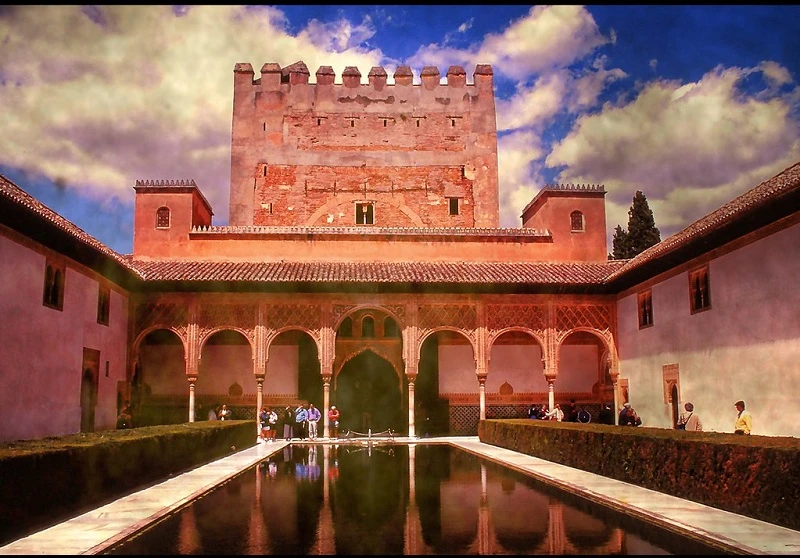
The Alhambra Palace is a must-visit destination for everyone who enjoys history or architecture. The stunning Alhambra palace in Granada is well-known for being the residence of Ferdinand and Isabella, who united Spain after subduing the local Moor population. Later, Katherine of Aragon, their daughter, would marry Henry VIII of England as his first wife.
The history of Alhambra, which is Spanish for “Red Castle,” goes back at least to the ninth century. It is thought that history dates back much further. The palace enjoys a commanding vantage point above the city, giving it an advantage against the Moors in terms of warfare. Impressive features can be found throughout the distinctive Andalusian architecture, and every surface is adorned.
Even its unique cylindrical columns, which are unmatched by any other structure in the world, are unique to the Alhambra. Due to Granada’s Moorish past, a significant portion of North African culture may still be found there. The area is distinct since it contains markets and tea cafes in Moroccan style.
Roman Archeological Sites, Évora, Portugal
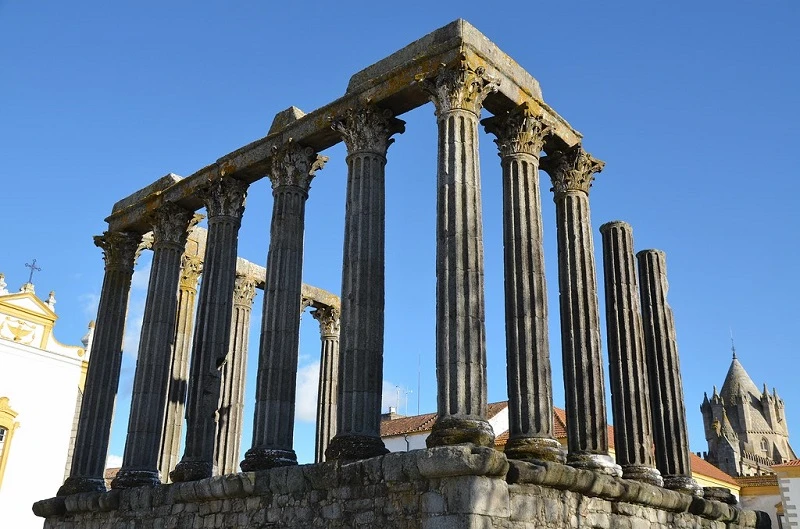
The numerous archaeological sites in Évora, a UNESCO World Heritage City, draw tourists from all over the world. One of Portugal’s most important historical landmarks and a prime example of the Roman colonization of the region is its most well-known structure, the Roman Temple of Évora.
The temple was allegedly constructed in the first century and was devoted to the goddess Diana. Even while the name is still used today—the location is referred to as the Temple of Diana—historians now understand that the structure was created as part of a Roman cult to honor Emperor Augustus.
Only the columns of the old temple were left after it was destroyed by King Alfonso V in 1467 and destroyed by German invaders in the fifth century. The tower was previously a butcher store, and the stone was reused.
The historic Roman city of Santiago do Cacém, close to Évora, welcomes visitors to see its public baths and its prehistoric sewer system, both of which were modern marvels. Long before Portugal became a country, Vila de Frades provides a more thorough look at Roman life.
The Guggenheim Museum, Spain
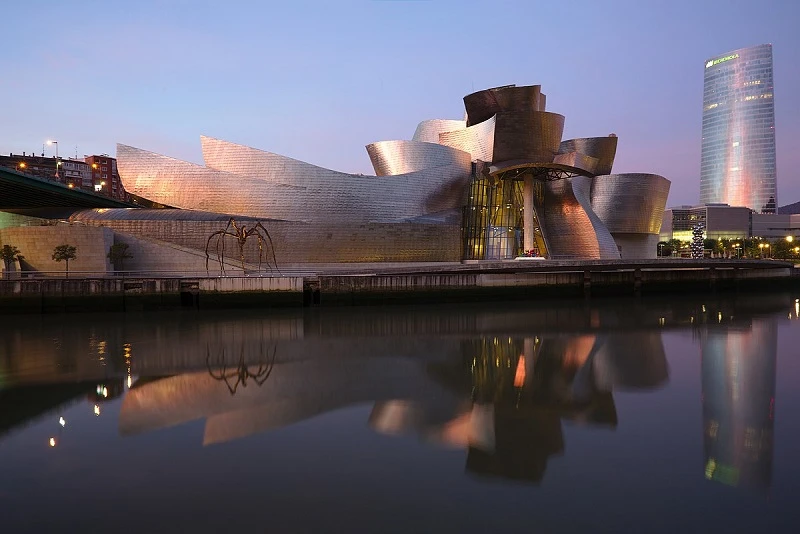
The Guggenheim Museum, which is situated in Bilbao, the largest city in Northern Spain, is the epitome of modern art. The structure itself is a masterpiece of modern architecture constructed along the Nervión River as part of an initiative to revitalize a former run-down port.
Philip Johnson, a well-known architect, referred to the Titanium Building as the “best building of our time” in 1997. Once inside, more than 250 works of contemporary art animate the curves of this distinctive structure. It’s a fun site to visit time and time again because of the permanent exhibits and constantly changing shows.
The Guggenheim frequently features larger exhibitions in addition to well-known works of art by famous artists like Picasso and Van Gogh because of the size of the venue. Despite its prior state of abandonment, Bilboa has undergone a true transformation.
It includes a medieval neighborhood called Ribera Market and breathtaking views from Mount Artxanda. When visiting this area, there are plenty of additional things to do. Bilboa is a real-life illustration of metamorphosis.
The National Palace of Sintra, Portugal

The National Palace of Sintra is a royal home in Lisbon that has been inhabited continuously since the Middle Ages. The Islamic North African Moors, who today inhabit the site of the Palace of Sintra, originally dominated Portugal as they did Spain.
This Palace of Sintra is a must-visit place in Portugal because of the stunning architecture and tile work, as well as attractions like the swan chamber and magpie room with magnificent ceiling murals that are sure to impress. Large Islamic pools and tiles are displayed in the courtyards.
The palace’s architecture is a remarkable example of medieval design because it has not undergone substantial changes since it was constructed.
The city of Lisbon is full of lovely structures in soft hues, and it also has a wide variety of other tourist attractions and mouthwatering cuisine to satisfy any appetite. Lisbon is Portugal’s political and cultural capital, and both should be visited. It has a rich history and dynamic culture.
Timanfaya National Park, Spain
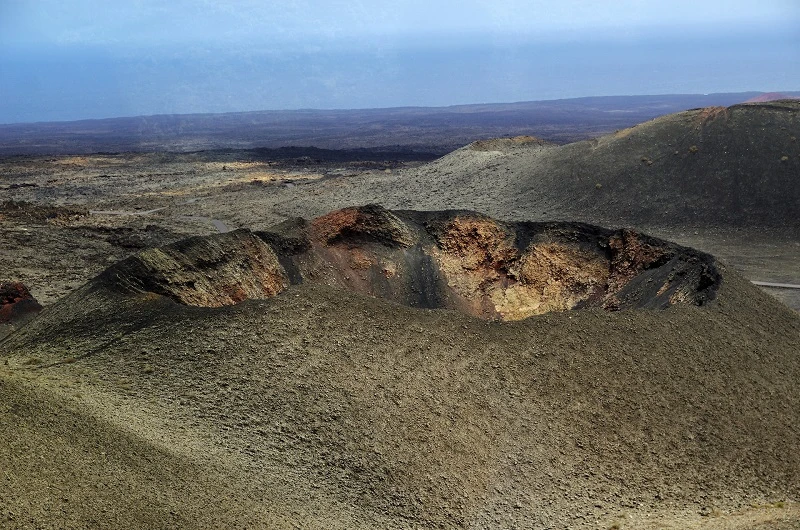
Timanfaya National Park, which is in the Canary Islands, is unique in terms of its natural beauty. Because of its alien-like solitude, NASA chose the park to prepare astronauts for the Apollo 17 mission.
Due to its unique geological features and uncommon plant and animal species, the park is a UNESCO World Biosphere Reserve. Only one of the park’s nearly 100 volcanoes is still active, but the others have historically wreaked havoc.
The ground, however, can attain remarkable temperatures of up to 600°C just below the surface. Even a geyser can be produced by pouring a tumbler of water into the earth. The park offers three various tour choices, including a bus-based guided tour, and lovely underground passageways. The two walking options are more difficult on the coastline excursion, but the vista is unmatched.
On the island of Lanzarote, where the park is located, there is a distinct island flavor, especially in the great cuisine. Dolphin cruises, buggy tours, and the Lanzarote Aquarium, which offers three distinct environment experiences, are further options.
Castelo de Guimarães, Portugal

A monastery called the Castelo de Guimares was constructed in the eleventh century to protect the monks from invasion by the Moors and Normans. The walls create a pentagram-shaped fortification that serves as a line of defense.
Many people associate the castle with Portugal’s beginnings because of its cultural significance. The first King of Portugal lived there starting in 1096 when it was originally used as a royal residence.
The ancient structure was enlarged throughout the medieval era, giving the castle its Gothic features. Midway through the 1800s, it was on the verge of being destroyed when the Guimares Patriotic Society stepped in to save the structure. Although certain renovations have been done to make it more comfortable for visitors, the Castelo de Guimares has now been protected and designated a national monument.
A previously undiscovered medieval well was discovered while installing electrical wiring as part of the castle’s restoration efforts. Near Guimares, there are a lot of historical sites worth seeing. Visitors to this lovely city in Portugal will pleasure in exploring the ancient city district and taking a cable car up a hill for a better perspective.
The Basilica of Sagrada Familia, Spain

The Basilica of Sagrada Familia, which is still under construction but has been recognized by UNESCO as a World Heritage Site, started being built in 1882. This does not, however, imply that the cathedral is any less stunning in terms of its exquisite details and lovely design. A year after Francisco de Paula del Villar’s original design was produced, Antoni Gaud redesigned it.
Gaud, however, passed away in 1926 with less than 25% of the project finished. The Bell Tower, which is devoted to the apostle Barnabas, is the only part of the temple that Gaud witnessed being finished. As a homage to his brilliance, Gaud was interred at the cathedral.
The Basilica’s construction was slowed down by the fact that it was only supported by private donations, which was further complicated by the Spanish Civil War.
A Venetian glass mosaic that depicts the Virgin Mary’s clothing is now being constructed. Construction is still ongoing. The Mary Tower, which will be the cathedral’s second-largest tower, has this exquisite glass display.
Royal Alcázar de Sevilla, Seville, Spain
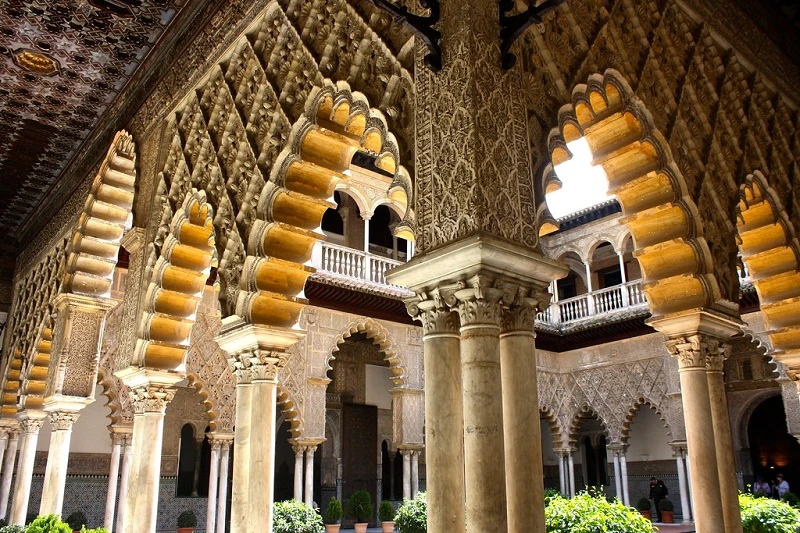
The Royal Alcázar, which was built in 913 under the reign of Abdurrahman III an-Nasir, the Calif of Cordoba, has undergone numerous renovations to adapt to contemporary needs and fashions. Although it started with Islamic adornment, the Royal Alcázar stands out from other locations in Spain thanks to the harmonious blending of Gothic, Renaissance, and Baroque influences with the original design.
The Royal Alcázar is a stunning example of the Mudéjar style that is created when Christian and Moorish elements are combined. The Royal Alcázar’s gardens are regarded as some of Spain’s most magnificent. It is a further UNESCO World Heritage site and a residence for the Spanish Royal family. Even the HBO television show “Game of Thrones” mentioned it.
The magnificent palace was greatly improved by King Don Pedro the Cruel, protector of Jews and Muslims, who ruled in the fourteenth century and had a great love of Islamic art. Numerous more historical sites, like the tomb of explorer Christopher Columbus, are located in Seville. Considering that Seville is also well-known for its flamenco dancing, adding performance to the agenda is essential.
Matosinhos Beach, Porto, Portugal
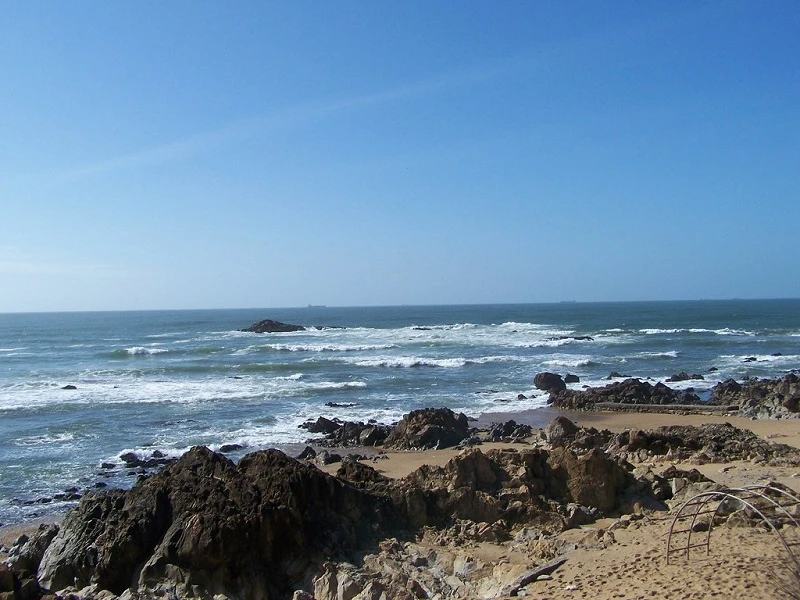
The Atlantic coast’s lovely stretch of stunning golden sand has a lot to offer tourists. Portugal’s sweltering summers are the ideal time to cool yourself in the Atlantic’s chilly waves. It is a popular travel destination all year round due to the restaurants and shopping.
Due to its compliance with important environmental and safety requirements, Matosinhos has been awarded the Blue Flag by the Foundation of Environmental Education. Although the seas of Matosinhos can be a little trickier to traverse because of the strong currents, they are ideal for surfers.
The beach is a popular destination for couples seeking a romantic retreat. This does not imply that couples, singles, or families won’t appreciate the enjoyable excursions and activities that Matosinhos provides. Here, seafood is unquestionably on the menu, and Matosinhos offers a wide variety of dishes from nearby eateries. To make getting around easy, there is also a hop-on, hop-off tour service.
Furnas Lake, Portugal
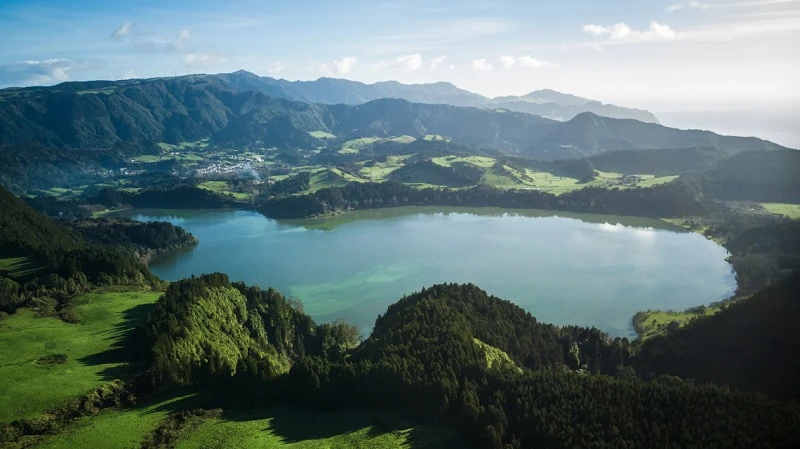
In the stunning region of So Miguel, on the islands of the Azures, is where you’ll find Furnas Lake, a collection of more than 30 geothermal springs. There is a lot to see and do here, including meeting with residents famed for cooking inventive dishes using maize in the warm geyser waters. The area is complete with numerous geysers.
Volcanic activity, with the most recent eruption taking place in 1630, is what gave Furnas its stunning appearance. Hydrotherapy establishments that were first built in the nineteenth century can take advantage of the water that flows both warm and cold from the many springs.
There is a lot of natural beauty in the area surrounding Furnas Lake. For instance, Terra Nostra Park has magnificent botanical gardens brimming with lush, green life.
Additionally, there is a research facility where you can find out more about the volcanic activity that gave rise to this island paradise. Be advised that the regions near the hot pools and springs have a distinct smell that some visitors may find repulsive. This smell is generated naturally by the elements and minerals found deep in the ground.
Conclusion
There is no shortage of things to do in Spain and Portugal. Visitors will have much to do thanks to the fascinating cuisines, rich civilizations, and fascinating histories. Travelers can experience captivating and calm natural settings, allowing them to come away from their voyage with more than just a deeper knowledge of the area. Hope this article on the best places to visit in Spain and Portugal would have thrown some light before you set off on your next trip.
